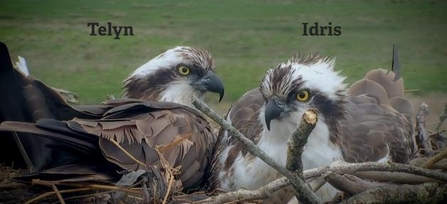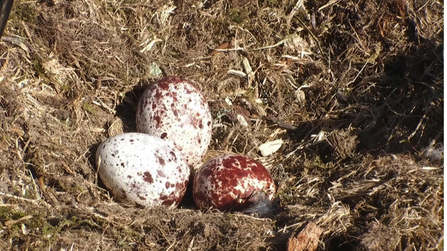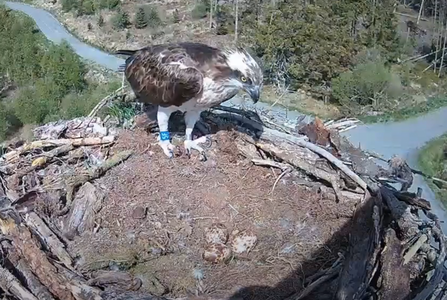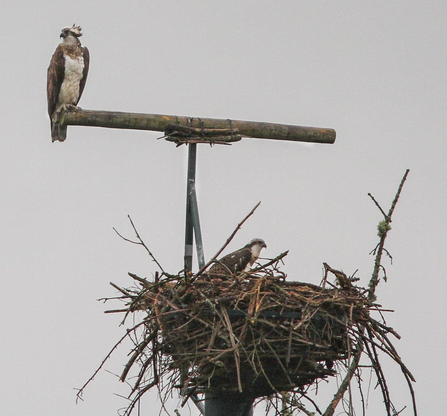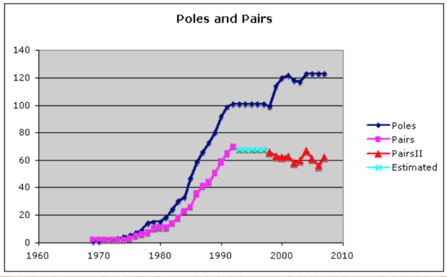Quick Welsh Update as of 10th May 2020
We have five osprey nests again in Wales:
Dyfi
Telyn and Idris (new male), Monty did not return. Three eggs, due to hatch 23rd May onwards (more likely 26th though).
Telyn laid her three eggs at eggsactly the same dates as last year, despite having a new male

